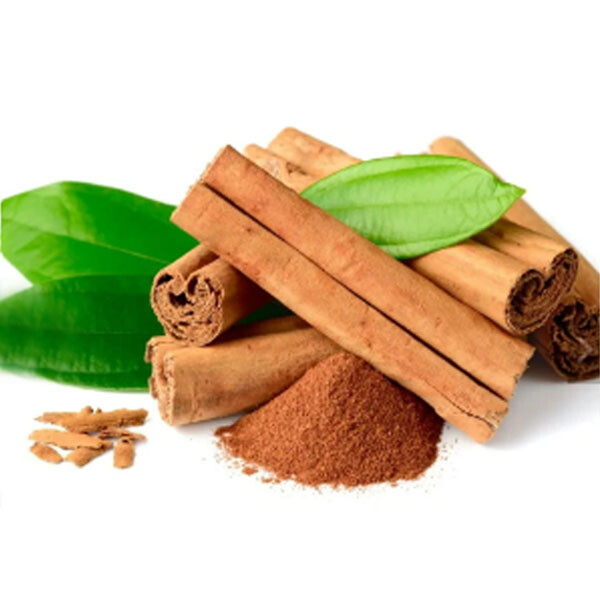Cinnamon
Cinnamon bark is a general term for the bark of Tianzhugui, Yinxiang, Xiyexianggui or Chuangui. For food spice or cooking seasoning. It is used in Chinese cuisine to flavor stews and is an ingredient in five-spice powder. It is one of the earliest spices used by humans.

cinnamon Recommend Products
cinnamon Detail Introduction
Cinnamon
Cinnamon bark is a general term for the bark of Tianzhugui, Yinxiang, Xiyexianggui or Chuangui. For food spice or cooking seasoning. It is used in Chinese cuisine to flavor stews and is an ingredient in five-spice powder. It is one of the earliest spices used by humans. The bark of Lauraceae arbor plants Tianzhugui, Yinxiang, etc. Tianzhugui, also known as Chuangui and Tuguipi, are distributed in Guangdong, Zhejiang, Hunan, Hubei, Sichuan and other places in China; Yinxiang, also known as mountain cinnamon and Liannian tree, are distributed in central and southern Fujian, Zhejiang, Guizhou, Yunnan and other places.
What are Guangxi Cinnamon ?
The bark of Lauraceae arbor plants Tianzhugui, Yinxiang, etc. Tianzhugui, also known as Chuangui and Tuguipi, are distributed in Guangdong, Zhejiang, Hunan, Hubei, Sichuan and other places in China; Yinxiang, also known as mountain cinnamon and Liannian tree, are distributed in central and southern Fujian, Zhejiang, Guizhou, Yunnan and other places.
Guangxi Cinnamon nutritional value
Cinnamon bark has a strong aroma because it contains volatile oil, which can remove the fishy smell and relieve greasy meat dishes, and the aroma is delicious, which will greatly increase the appetite. Adding cinnamon in an appropriate amount to your daily diet may help prevent or delay type 2 diabetes caused by aging. According to the British "New Scientist" magazine report: cinnamon can reactivate the ability of fat cells to respond to insulin, greatly speeding up the metabolism of glucose. Adding 1/4 to 1 spoon of cinnamon powder to drinks or liquid food every day may prevent type 2 diabetes. Cinnamon contains phenylacrylic acid compounds, which have a therapeutic effect on benign prostatic hyperplasia, and can increase the blood flow of prostate tissue and promote the improvement of local tissue blood supply. Cinnamon bark is the bark of Lauraceae plants such as Tianzhugui, Yinxiang, Xiyexianggui or Chuangui, etc. It is usually harvested in winter and can be used as medicine after drying in the shade. At the same time, cinnamon also has medicinal effects. According to traditional Chinese medicine, cinnamon is hot in nature, sweet and pungent in taste, fragrant in taste, and non-toxic. It is mainly used to treat diseases such as cold abdomen and full chest, vomiting and choking diaphragm, rheumatic arthralgia, stasis due to falls, bloody dysentery and intestinal wind.
THE MAIN INGREDIENTS OF THE Cinnamon :
Cinnamon mainly contains: carbohydrates, manganese, vitamin E, potassium, phosphorus, sodium, cellulose, protein, calcium and other nutrients.
Introduction:
Cinnamon is divided into three types: barrel cinnamon, thick cinnamon, and thin cinnamon. Tonggui is the bark of the tender laurel tree. It is fine in quality, clean, sweet, fragrant, and earthy-yellow in color. Meat is best used; thin cinnamon has fine skin, fine meat texture, thin taste, less fragrance, gray skin, reddish-yellow inner skin, and the same use as thick cinnamon.
Benefits:
Cinnamon has anti-inflammatory, sedative, analgesic, anti-inflammatory, anti-convulsant effects. Cinnamon oil can promote the secretion of saliva and gastric juice, enhance digestive function, relieve gastrointestinal smooth muscle spasm, relieve intestinal spasm pain, and have some inhibitory effects on Staphylococcus aureus, Streptococcus pneumoniae, and Bacillus diphtheria.
 Telephone :86-0537-7201661 (Working time)
Telephone :86-0537-7201661 (Working time)








